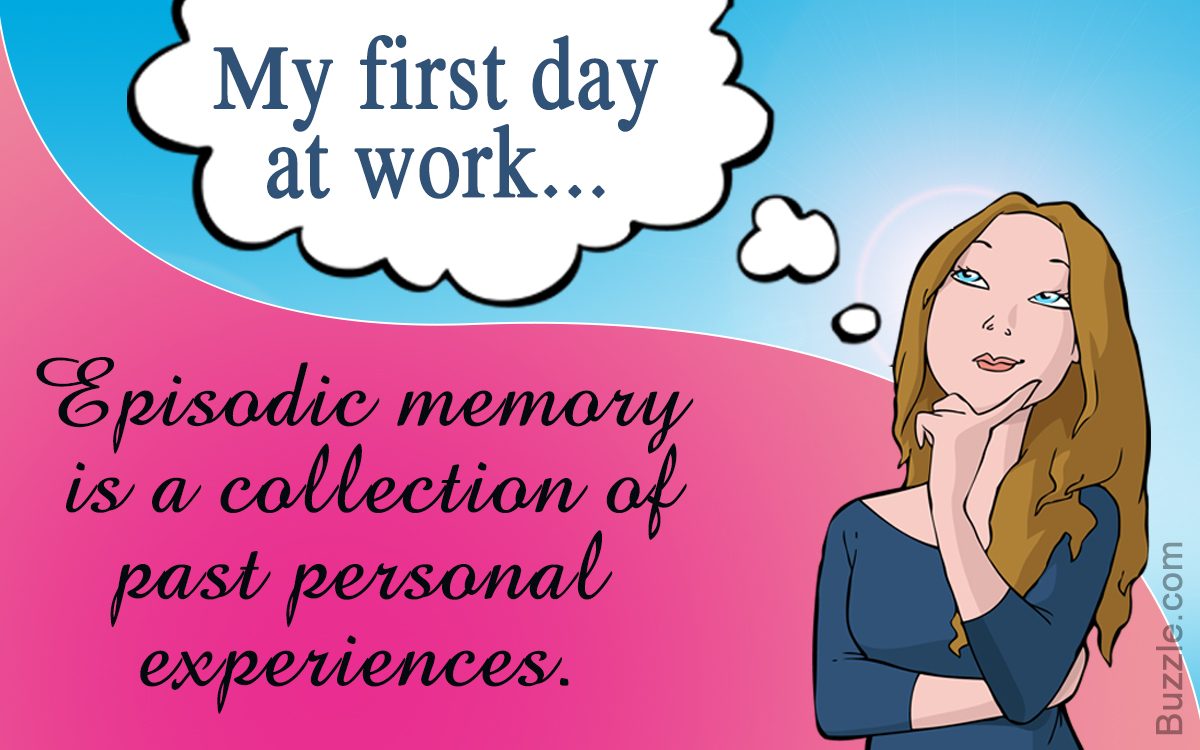Everyone has a specific attitude towards different products. One may know that V8 Vegetable Juice as a product that is composed of 100% juice, they may perceive it as a drink for older individuals or gross, and they may not have any intention of purchasing it. In these thoughts, they describe the main three components of attitude. Attitude is constructed of these 3 main components:
- Cognitive
- Affective (emotional)
- Behavioral
Oftentimes, advertisers and marketers will look for ways to change each of these components in order to change one's attitude of their product, and thus have a consumer be more likely to buy that product. This can be done in a variety of different ways for each component, but we're focusing on how to change the behavioral component, which is usually done in two different ways: Virtual direct experiences and coupons, free samples, price reduction.
There usually has to be a pretty direct experience for one to change their behavior of the product. Take for example the conventional method: someone has an attitude towards V8 juice that it's gross and tastes horrible. However, they have free samples at the grocery store and they decide to try it. With one taste, they realize it's actually pretty good, so they buy some. This direct experience of tasting the juice changed their behavior and made them buy the juice. But are there more modern methods of applying a behavioral change?
 |
| Me during Finals Week |
My professor explained that she wanted to see if individuals had more inclination to donate to such charities after having such a direct experience with the animals in virtual reality. As she explained the purpose of her study, it had me thinking about consumer behavior. Couldn't something like this be applied to changing behavioral attitudes? Maybe not for product tastings, but what about those marketing experiences? Could virtual reality advertising about vacationing, or different activities have the same affect that my professor proposed? After all, a lot of individuals don't end up going through with such experiences because of apprehension over the value of their purchase. But if we're able to convey that value through direct virtual reality experiences, could that possibly remove that apprehension?
It's an interesting thing to think about. After all, as technology is improving, so should our methods for advertising and marketing to our target market.
What do you think about the subject? Let me know in the comments!



